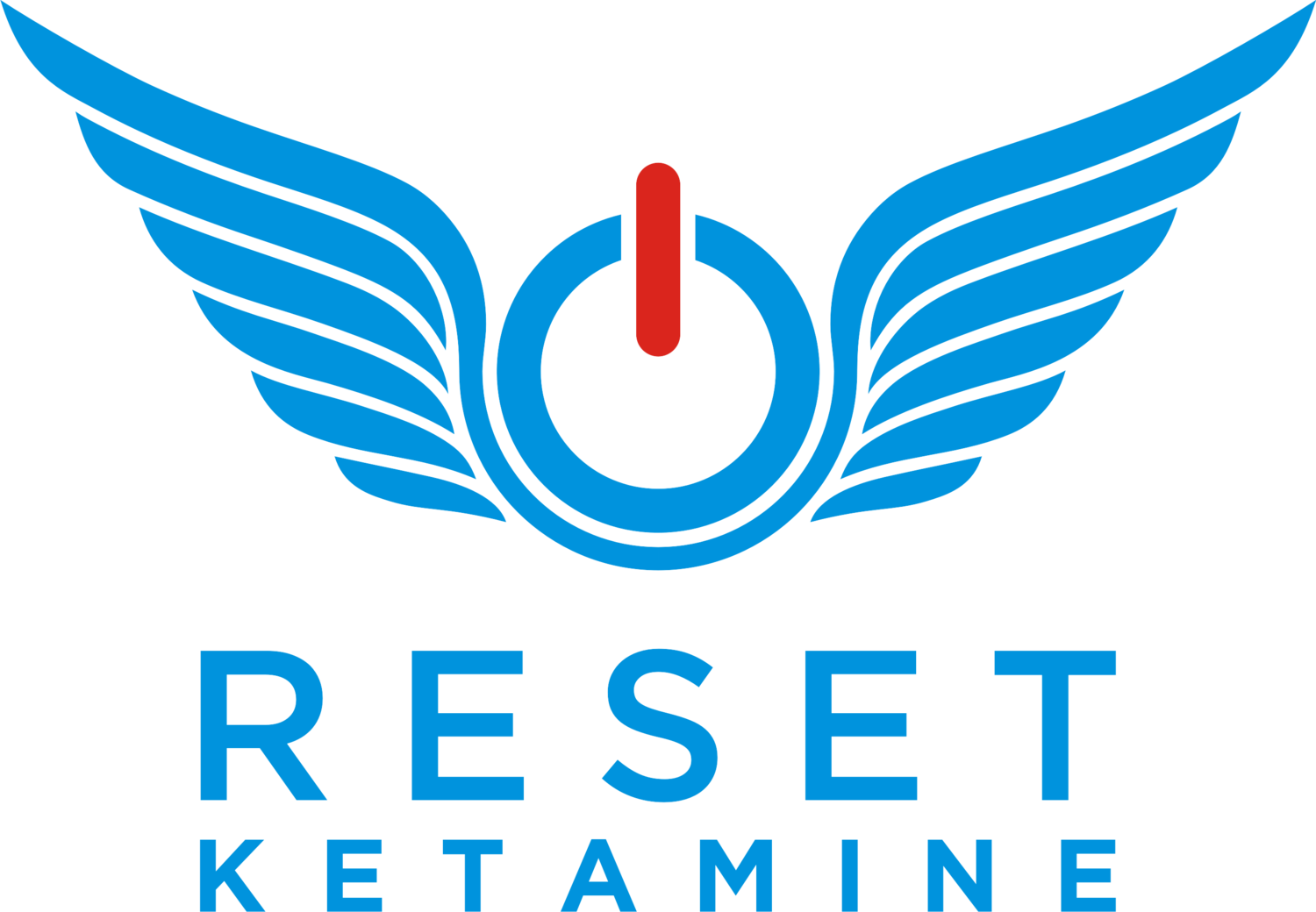In this blog, we share ketamine’s mechanism in treating chronic pain and why it’s more effective in treating some types of pain more than others. We also talk about the things you have to consider when treating pain with ketamine and why ketamine isn’t the only “magic potion” you need to fully heal.
Ehlers-Danlos Syndrome and Ketamine Therapy
Ehlers-Danlos Syndrome (EDS) is a clinically heterogeneous group of diseases characterized by skin, joints, ligaments, blood vessels and internal organs that are fragile soft connective tissues. EDS has an effect on one in 5,000 births. EDS can be defined into six subtypes, the most common is the subtype of hypermobility (EDS-HT), meaning that the extremities, vertebral columns, costovertebral and costosternal joints, clavicular articulations, and or temporomandibular joints are subluxed and dislocated. Symptoms include overly flexible joints that can dislocate, and translucent, elastic, and easily bruised skin. There may be dilation and even rupture of major blood vessels in some instances. Treatment helps to control symptoms and track complications.
When Should I Get a Ketamine Booster?
We often get asked this question: "How long is the time frame between ketamine booster infusions?" The real answer and it’s no surprise is... it depends.
As you already may know we recommend an initial six treatments over a period of two to three weeks. This is based upon the evidence from the clinical studies. Then depending on your response and how you feel, you may need a booster anywhere from every two weeks to every four weeks, sometimes even out to two or three months after the initiation series.
Mind Expansion With Ketamine Infusions: The Story Of The Well Frog
When we have anxiety, chronic pain, or depression our mind can get stuck in a rut - also known as rumination within the default mode network. Thought patterns emerge which further hurt and potentially prevent our healing
Talking About Ketamine Infusions on Desert Living NBC Palm Springs
A Beginner's Guide To Ketamine Infusions
New Evidence for Ketamine Infusions for Chronic Pain
In 2016, the Center for Disease Control (CDC) analyzed data from the National Health Interview Survey to investigate the prevalence of chronic pain in the United States. They found that an estimated 20.4% of U.S. adults (50 million people) had chronic pain. Additionally, “high-impact” (more severe, limiting) chronic pain was found in an estimated 8.0% of U.S. adults (19.6 million people).
How to Find the Right Ketamine Clinic For You
Ketamine clinics are popping up left and right in your town, or maybe you are ready to take a flight to find one. How do you know if the clinic is for you? How do you know if you should go there? We’d love to have everybody come to our clinic, but our clinic isn’t for everyone!
While there is no perfect way to do this (nor is there a perfect clinic!), here are a few questions to get answered to help find the right clinic for you.
Should I Get One or Multiple Ketamine Infusions?
Research supports multiple ketamine infusions are needed to minimize depression symptoms and maintain antidepressant effects. We recommend pursuing the 6 series infusion to start, followed by boosters as needed.
To understand what could be best for you, you’ll need to explore where the recommended protocol comes from and what can happen with too much for too long, and more. It’s a lot but no worries we’re here to walk you through it!
How Do Ketamine Infusions Help Fibromyalgia?
Fibromyalgia is a leading cause of chronic pain affecting millions of Americans every day. Researchers hypothesize that central sensitization is the primary mechanism involved, but there are many other factors including genetics, immunological, psychological, and hormones that influence the development of fibromyalgia. Central sentization refers to a process called “wind-up” where the central nervous system gets regulated into a persistent state of high reactivity. This persistent or wound up state of reactivity lowers the threshold for what causes pain and can create extreme pain even with minimal stimulus. This phenomena is believed to be related to neuroplasticity which is mediated by the N-Methyl-D-aspartate (NMDA) receptors located in the spinal cord.
So how exactly do ketamine infusions help in fibromyalgia?
Ketamine’s most immediate mechanism of action is to block NMDA receptors. It is the most potent clinically available NMDA receptor antagonist today. By blocking the activity of the NMDA receptor, ketamine seems to reset the altered pain receptors that have become hypersensitized in patients with fibromyalgia.
Does Music Impact the Ketamine Experience?
Ketamine and Near-Death Experiences (NDE)
Ketamine's Experiential Effect on Healing
Traumatic experiences can cause a severe disturbance to the human psyche and soul. The overall lifetime prevalence of post-traumatic stress disorder (PTSD) is at 6.8% in the United States. The rate of PTSD is significantly higher in females (5.2%) versus males (1.8%). This stems not only from military experiences, but physical and emotional abuse, bullying, shaming, interpersonal violence, sexual trauma, and criminal acts.
Ketamine's Impact on Brain-Derived Neurotrophic Factor (BDNF)
According to the World Health Organization, depression has now surpassed HIV, AIDS, malaria, diabetes, and war as the leading cause of disability. Current antidepressants may take weeks to months to be effective. Unfortunately, one-third of patients are still unresponsive, and are called “treatment-resistant.” However, there are other options available.
The 4 Mechanisms of How Ketamine Works
6 Tips on Avoiding Ketamine Infusions
You don’t have the time nor money to get infusions, or perhaps you are not ready...whatever your reason is, we get it. As much as we love educating about ketamine and providing ketamine infusions, we’d love a world so healthy that we wouldn’t need to be in business.
However, the reality is there are a lot of people hurting, and we are honored to help them. But back to you all who aren’t ready or don’t ever want to find themselves in a ketamine clinic - here are 6 strategies to help you avoid getting a ketamine infusions:
Ketamine for Migraine Headaches
Affecting about 37 million Americans, migraine headache attacks can be extremely painful and have a debilitating effect on patients’ lives. Associated with sensitivity to light, sound and smells; nausea; and vomiting, migraines can inhibit patients from going to work or enjoying day-to-day routine.
Those unresponsive to typical migraine treatments may feel particularly discouraged. When first and second-line drugs fail, what is a migraine sufferer to do? Fortunately, ketamine may be the answer!
Ketamine for Complex Regional Pain Syndrome (CRPS)
Complex regional pain syndrome (CRPS) is a painful, disabling neurological condition. Previously known as Reflex Sympathetic Dystrophy (RSD), it affects 1.2% of the adult chronic pain population. Women are affected more than men, with a 3:1 ratio. CRPS can develop after trauma, minor injuries, or surgery. The signs and symptoms are classically clustered into four groups.
A Brief History of Ketamine
The unique story of ketamine began in 1956 with the synthesis of the drug, phencyclidine. Found to be a remarkable anesthetic for monkeys, phencyclidine was then used on humans after numerous animal testings. Unfortunately, the side effects that researchers observed in some patients were concerning. Instead of waking peacefully from anesthesia, some patients experienced acute emergence delirium lasting hours after their operation was over. They described feeling sensory deprived and the loss of sensations in their limbs. Further studies concluded that phencyclidine produced a sensory deprivation syndrome.




















